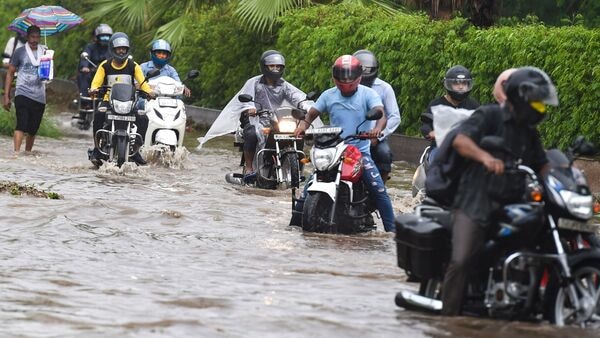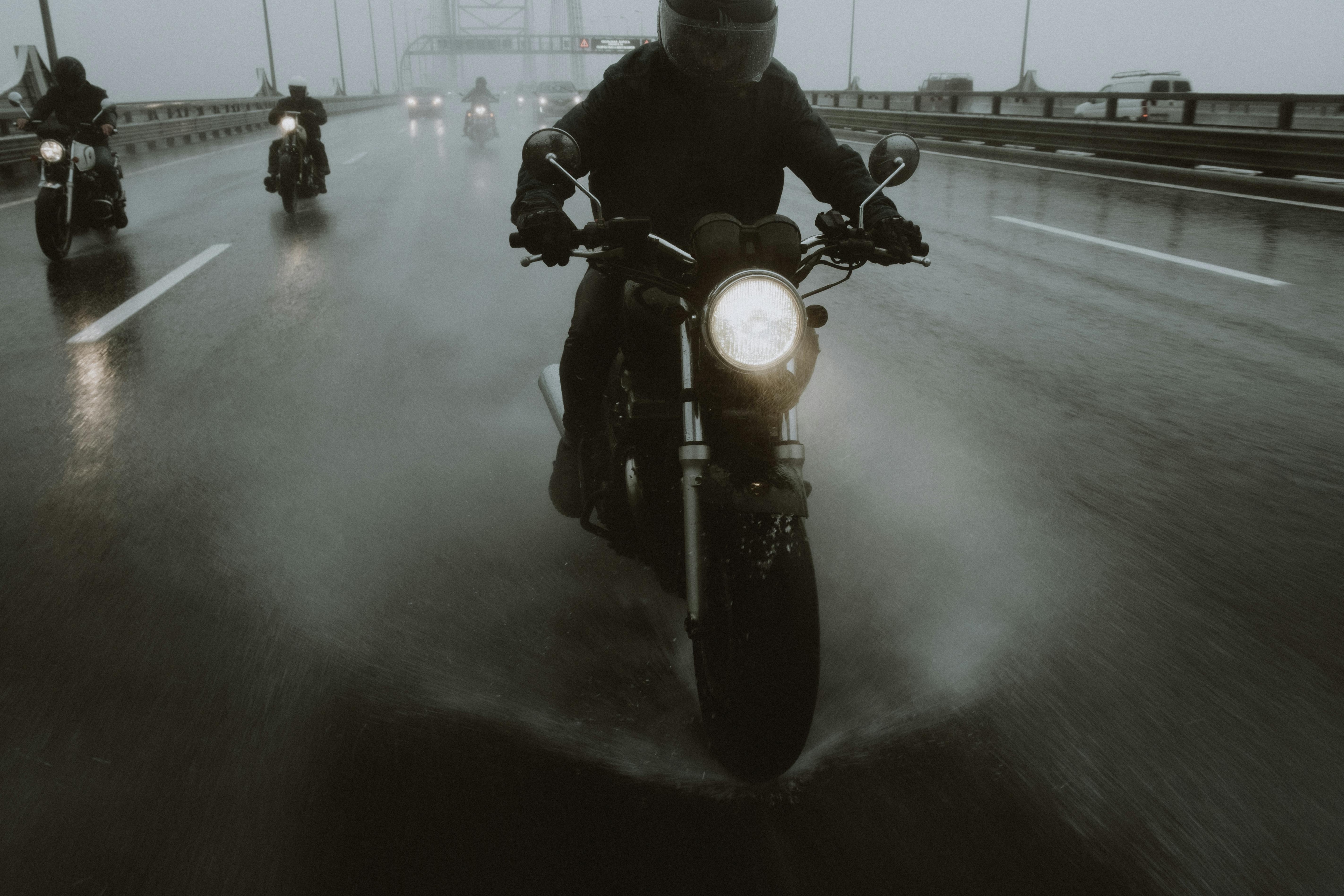
Waterlogging can affect your two-wheeler severely. Here's how
2 months ago | 32 Views
The monsoon season being in full swing adds another entry to the list of woes that surround motorists on Indian roads. As multiple parts of the country have been experiencing downpours over the last couple of days, cities facing heavy waterlogging disrupting commuting and daily life. Major cities like New Delhi and Mumbai are among the most affected in the country. Waterlogging does not only restrict people’s movement but also inflicts damage to our vehicles which can often be irreversible.
Two-wheelers are quite vulnerable to water damage owing to the number of exposed mechanical components that are prone to wear and corrosion. Two-wheelers are the best option to effectively navigate through heavy monsoon traffic, and at the same time, they stand to take on the most amount of risk as well. Any amount of damage to the electrical or mechanical components has the potential to cause the two-wheeler to be unrideable, and as a result, unsafe for the occupants. With prolonged rain, our vehicles are constantly exposed to the elements and are, as a result, more likely to malfunction whenever we get on them.
In order to tackle these situations whenever they arise, it is essential to understand the two-wheeler’s vulnerabilities and how they are impacted by the climate.
Engine and exhaust pipe water ingress

If a two-wheeler is trapped in floodwater, its engine stands a very high chance of facing water ingress through the openings such as the air intake or the spark plug cavity. This can lead to hydrolock, where irregular compression occurs within the engine and can cause it to seize. Water is not compressible like the air/fuel mixture that an engine requires. When you start an engine with water inside the cylinders, the pistons create immense pressure inside the engine block which can lead to irreparable damage.
Water entering the engine can further lead to oil contamination. When water mixes with the engine oil, it dilutes the lubricating properties of the latter, leading to increased levels of heat and friction between internal engine components, such as the bearings and the crankshaft. Water further causes the engine components to corrode faster, cutting down on the overall lifespan of the electric engine and leading to premature wear that compromises the structural integrity of the vehicle.
Electrical components and their vulnerabilities
If a two-wheeler is left in a waterlogged area, water can seep into its electrical systems, compromising its entire functioning. Internal wiring, sensors, and essential features all depend on not being directly exposed to water, which can otherwise corrode due to extended exposure to water. Corrosion leads to poor conductivity of the electric components and may result in total failure, making the two-wheeler completely undriveable.
Water seeping in can cause damage to the two-wheeler’s sensitive electronic equipment onboard. At present, two-wheelers are increasingly getting more tech-driven day by day and host features such as ABS, electronic stability management, and traction control. Modern two-wheelers come with ECUs that manage any or all electronic subsystems onboard and are crucial in order to maintain the functionality of the vehicle. Any amount of damage to these components can cause them to malfunction and may result in accidents.
Damage to other physical components

Riding through waterlogged areas or having a two-wheeler stuck in floodwater can be detrimental to the vehicle's mechanical components. The two-wheeler’s brakes can face water leaking in. If water happens to find its way into the brake callipers, discs and wheel bearings, it can result in these components corroding, compromising vehicle safety. Even if the extent of the leakage is minimal and does not cause visible corrosion, it is still important to get the two-wheeler checked because water can cause the brake pads to wear out faster.
Wading through floodwater while commuting can cause the two-wheeler’s chain and sprockets to wear out. Prolonged contact with water while riding can wash the chain’s lubricant off and cause it to wear out faster or even break. Floodwater can further damage the fork seals and shock absorbers, degrading the quality of the ride.
Read Also: evs to amg: mercedes-benz plans to launch these five cars in india by this year
#




















